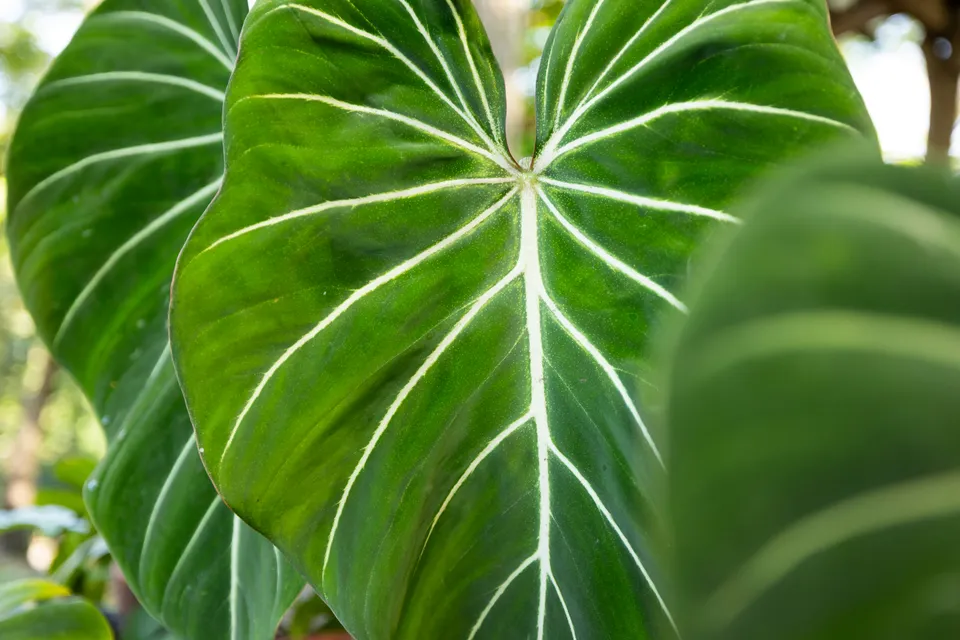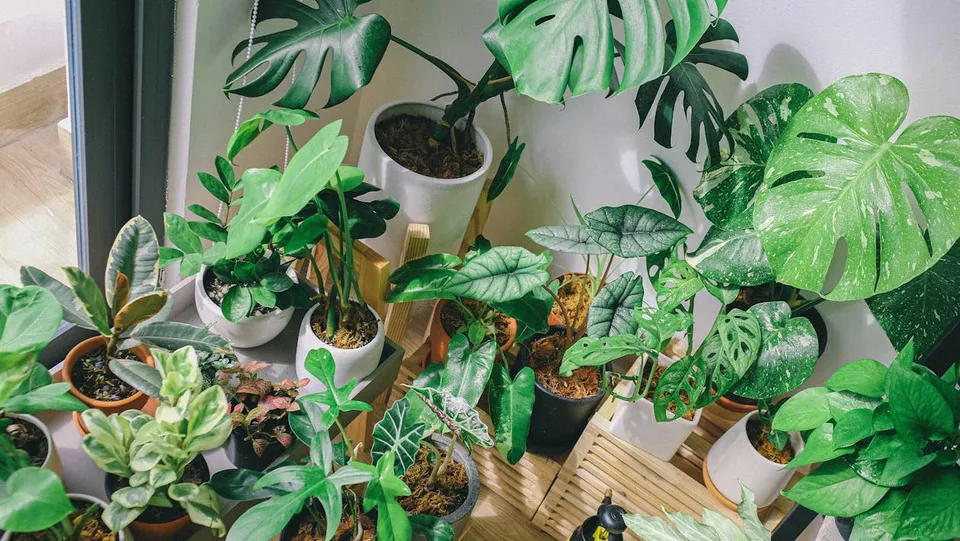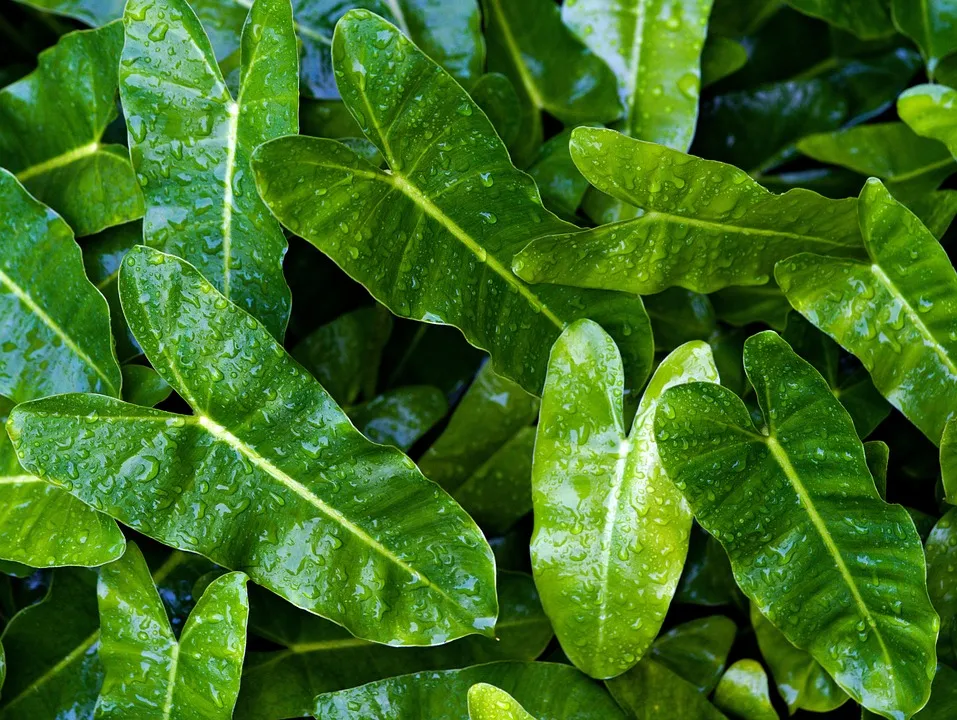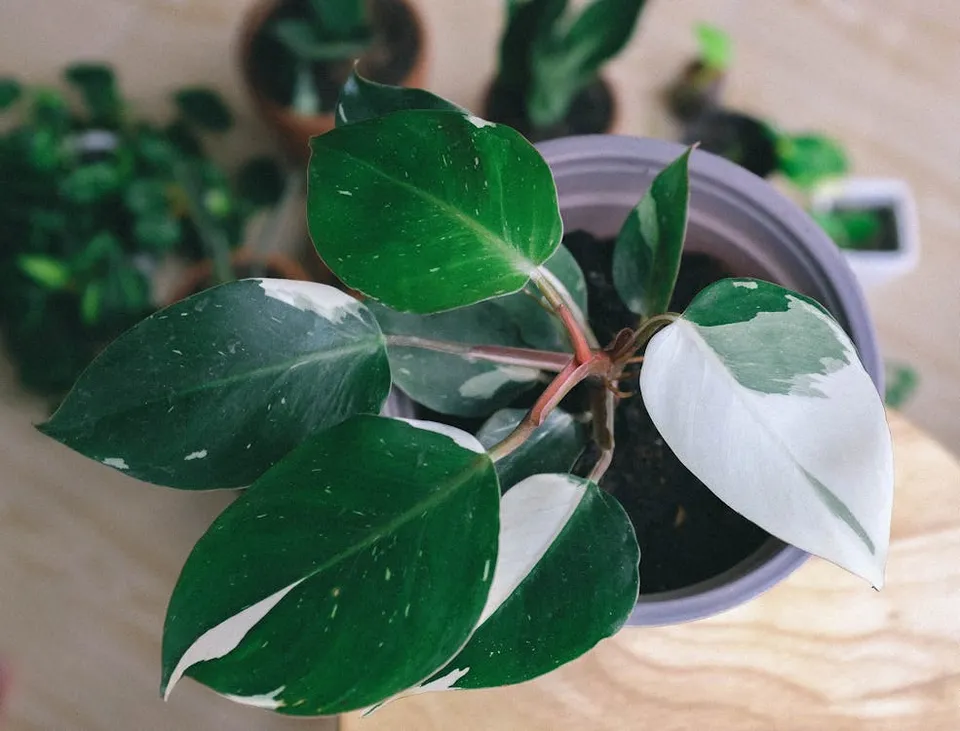
Easy Philodendron Propagation - Your Step-by-Step Guide to Multiplying Your Favorite Houseplants
If you love your indoor plants and are wondering how to expand your collection without breaking the bank, why not learn how to propagate Philodendrons? It's a rewarding and budget-friendly way to get more of the plants you adore.
Let's start by discovering which Philodendrons are the easiest to propagate, helping you choose the best candidate for your first attempt.
We'll also discuss the ideal environment for your new cuttings to grow beautiful and healthy. This includes bright indirect light, warmth, and good air humidity—everything needed to set the stage for successful rooting.
And there's more! We'll cover different rooting methods, whether you prefer using water, moist soil, or even a rooting medium readily available at garden centers.
Of course, we won't forget about post-propagation care. You'll get tips on proper watering, maintaining ideal humidity, and when to introduce fertilizer to give your new plant babies a growth boost.

Understanding Your Philodendron: More Than Just Pretty Leaves
Philodendrons belong to a vast and fascinating botanical family, Araceae, known for its incredible diversity and adaptability. This family includes over 115 genera, with popular relatives like Monstera and Anthurium being just two well-known examples.
Native to the tropical regions of the Americas, these plants are incredibly popular, not just for their stunning foliage but also for their resilience and ability to thrive in typical home environments. They are often beloved for being relatively low-maintenance houseplants.
Propagating a Philodendron can be a surprisingly simple task, even for those new to gardening. New plants can be grown from parts of the mother plant, such as stem cuttings, leaf cuttings (with a bit of stem), or division (though we'll focus on cuttings here).
Let's begin with stem cuttings, followed by leaf cuttings.
Method 1: Propagating Philodendron from Stem Cuttings
- Choose Your Philodendron: Select a healthy, established mother plant free from any signs of pests or disease. Older plants often provide more stems suitable for cuttings.
- Sterilize Your Tools: Before making any cuts, clean your pruning shears or knife with isopropyl alcohol to prevent spreading potential diseases between plants. Sharp, clean tools are essential.
- Identify the Cutting Point: Find a spot on a stem that includes at least two leaves and a node (the small bump where the leaf attaches to the stem). Make a clean cut just below a node.
- Prepare the Cutting: Gently remove the lower leaf or leaves, leaving only two or three at the top. This reduces water loss through transpiration and helps the cutting focus its energy on developing roots rather than supporting excess foliage.
- Choose Your Medium - Water: Place the cutting(s) in a jar or vase with enough water to cover the exposed node(s), ensuring the remaining leaves stay above the waterline.
- Location and Water Care: Position the container in a spot with bright, indirect light (avoid direct sunlight, which can scorch the cutting). Change the water every few days, or daily if possible, to keep it clean and oxygenated.
- Prepare for Soil (After Roots Appear): Once roots, typically small and white or translucent, are about 1-2 inches long (usually taking 3-4 weeks), prepare a small pot with a well-draining potting mix suitable for houseplants (often containing peat, perlite, and vermiculite).
- Planting: Make a small hole in the soil, gently place the rooted cutting inside, and carefully fill around the roots with the potting mix. Lightly pat the soil to secure the plant.
- Initial Soil Care: Water moderately, allowing excess water to drain. Keep the soil lightly moist but not waterlogged. Continue providing bright, indirect light and warmth.
Method 2: Propagating Philodendron from Leaf Cuttings (with Petiole)
Note: True leaf-only propagation isn't typically successful for Philodendrons. This method requires a small piece of the main stem attached to the leaf stalk (petiole).
- Selection: Choose a mature, healthy leaf from your Philodendron. Ensure it looks vibrant and disease-free.
- The Cut: Using sharp, sterilized shears or a knife, cut the leaf off, ensuring you include the petiole (the leaf stalk) and a small section of the main stem it was attached to. This small piece of stem contains the necessary cells for rooting.
- Immersion (Water Method): Place the cut end (the piece of stem and base of the petiole) into a container with enough water to submerge it, keeping the main leaf blade dry.
- Water Change: Refresh the water every two to three days to maintain cleanliness and oxygen levels, crucial for root development. Roots might start appearing in 15-20 days using this method in water.
- Transition to Soil: Once roots are adequately developed (similar to stem cuttings), follow steps 7-9 from the Stem Cutting method to plant your new Philodendron in soil.

Caring for Your New Philodendron Cuttings
Whether you started with stem or leaf cuttings, consistent care is vital after propagation:
- Light: Place your container or pot in a location with plenty of bright, indirect light. Direct sunlight can burn the delicate new growth or cuttings.
- Temperature & Humidity: Aim for a stable temperature around 68-77°F (20-25°C). Philodendrons appreciate higher humidity, typical of their native tropical environment. Grouping plants or using a pebble tray with water can help.
- Watering (in Soil): Keep the soil consistently moist but never soggy. Allow the top inch of soil to dry slightly before watering again. Overwatering is a common cause of failure.
- Fertilizing: Wait until the new plant is established and showing signs of active growth (usually around 2-3 months after potting). Then, begin fertilizing with a balanced liquid houseplant fertilizer diluted to half the strength recommended on the packaging, typically every 4-6 weeks during the growing season (spring/summer).
Understanding Root Development: Patience is Key
- Timeline: If rooting in water, you might see the first signs of roots within 15 days. In a moist rooting medium like soil, it might take slightly longer, perhaps two to three weeks or more.
- Species Variation: Some species, like the fast-growing Philodendron hederaceum (Heartleaf Philodendron), tend to root very quickly, while others might require more patience.
- Key Factors: Success hinges on providing the right conditions: bright indirect light, warm temperatures, and adequate humidity. Starting with cuttings from a healthy, vigorous mother plant also significantly increases the chances of rapid, successful rooting.
- Ideal Soil: A well-draining mix is crucial. Standard indoor potting mix amended with perlite or vermiculite to improve aeration and drainage works well. Keep this substrate consistently moist (like a wrung-out sponge) but not waterlogged during the initial rooting weeks.

How to Know When Your Cuttings Have Rooted
You'll know roots have formed successfully by observing these signs:
- New Growth: The appearance of new leaves is a strong indicator that the cutting has established roots and is beginning to grow.
- Gentle Tug Resistance: If you give the cutting a very gentle tug (in soil), you'll feel slight resistance, indicating roots are anchoring it. Don't pull hard enough to dislodge it!
- Visible Roots: You might see small, typically white or light-colored roots emerging from the nodes (if rooting in water) or visible at the base of the cutting or drainage holes (if in a clear pot or when repotting).
Easiest Philodendron Species for Beginners to Propagate
- Philodendron hederaceum (Heartleaf Philodendron): One of the most common and forgiving species. It roots readily in water or soil and tolerates a range of conditions. This includes popular cultivars like:
- 'Brasil': Features variegated leaves with strokes of yellow or lime green.
- 'Lemon Lime': Known for its vibrant, solid chartreuse-colored leaves.
- 'Micans' (Velvet Leaf Philodendron): Has beautiful heart-shaped leaves with a velvety texture and often a bronze or reddish underside.
- 'Silver Stripe': Similar to 'Brasil' but often with thinner, more defined silvery or white stripes.
- Philodendron angustilobum: A climbing type that looks best when given support (like a moss pole) to display its elongated leaves. Relatively easy to propagate from stem cuttings.
- Philodendron brevispathum: Features distinctive triangular leaves. It's highly ornamental and can be grown as a trailing or climbing plant in pots.
- Philodendron cordatum (often confused with P. hederaceum): This refers to a larger-leafed variety often seen climbing trees outdoors in warmer climates (common along Brazil's southeastern coast). It dislikes cold temperatures but propagates similarly via stem cuttings.
Each variety offers unique characteristics for different decor styles. Remember, while these are generally easy, propagation success always depends on providing the right care and conditions outlined above. Happy propagating!